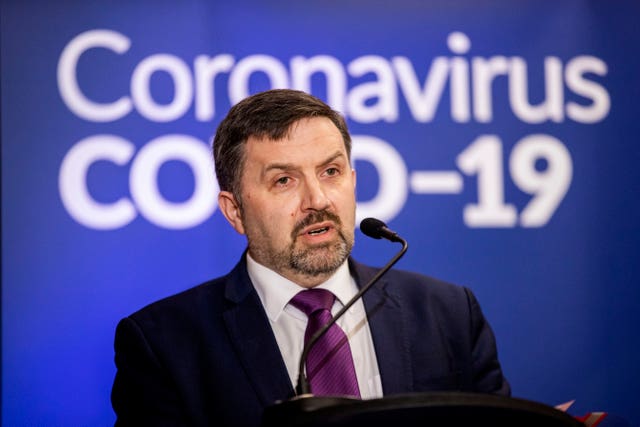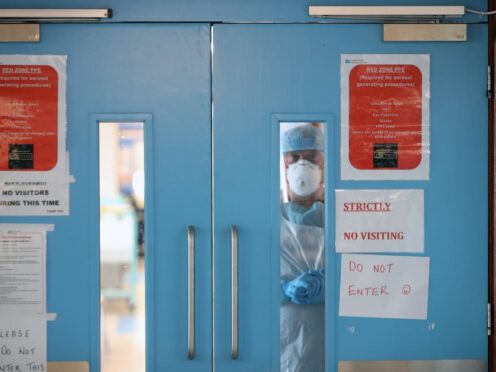There was uncertainty and fear among Stormont ministers as Covid-19 arrived in Northern Ireland in March 2020.
Notes from a meeting of the Executive on March 16, 2020 showed testy exchanges and a 15-minute adjournment as exchanges became heated.
The handwritten notes were among the evidence published by the UK Covid-19 Inquiry on its website on Wednesday during the second week of its three weeks of sittings in Belfast.
Ministers had been in post for just weeks after a three-year political collapse when the first case of Covid-19 was confirmed in Northern Ireland in late February 2020.

According to the notes, at the March 16 meeting Health Minister Robin Swann outlined the situation, telling ministers Covid-19 “is now with us”, emphasising it is “now real”.
There was discussion about testing at a time when capacity was limited.
Mr Swann was noted as saying “Prefer to use resources to combat Covid-19 rather than count … self isolate for seven days first rather than testing”.
Then infrastructure minister Nichola Mallon asked how many in Northern Ireland had Covid-19.
According to the notes, Mr Swann said in a “worst case scenario 80% of the population”, adding some may have no symptoms, some mild and some serious, and said he would check the figures.
Several ministers pressed for more testing, including then finance minister Conor Murphy advocating it is better to test more, while the Health Minister pointed to resources.
Concern was voiced by several ministers, with Mr Murphy saying they need to “intensify approach”, and then deputy first minister Michelle O’Neill referring to the “enormity of the situation” and voicing the worry that “we won’t get this right”, while saying they “lost control two weeks ago”.
Then communities minister Deirdre Hargey urged “step up a gear”, describing people as “terrified” and receiving “constant calls”, while Justice Minister Naomi Long called for a consistent message from the Executive and spoke against “whipping up concerns on social media”.
Ms Long advised “finding a landing zone everyone can live with”, such as “closing some classes not whole schools”.
She said there was “increased scepticism of the public” that the Executive can manage.
Then first minister Arlene Foster said she “deeply regretted mixed message” from the Executive.
Then economy minister Diane Dodds was noted as saying “appalling way to treat colleagues” and “don’t shout me down”.
Shortly afterwards the meeting adjourned for 15 minutes.
In handwritten notes described as an extract from an Executive meeting on March 19, Mr Swann outlined a “worst case scenario of 32,000 new cases per day”.
On the same day, Mr Swann warned during a press conference of a surge coming of “biblical proportions”.
